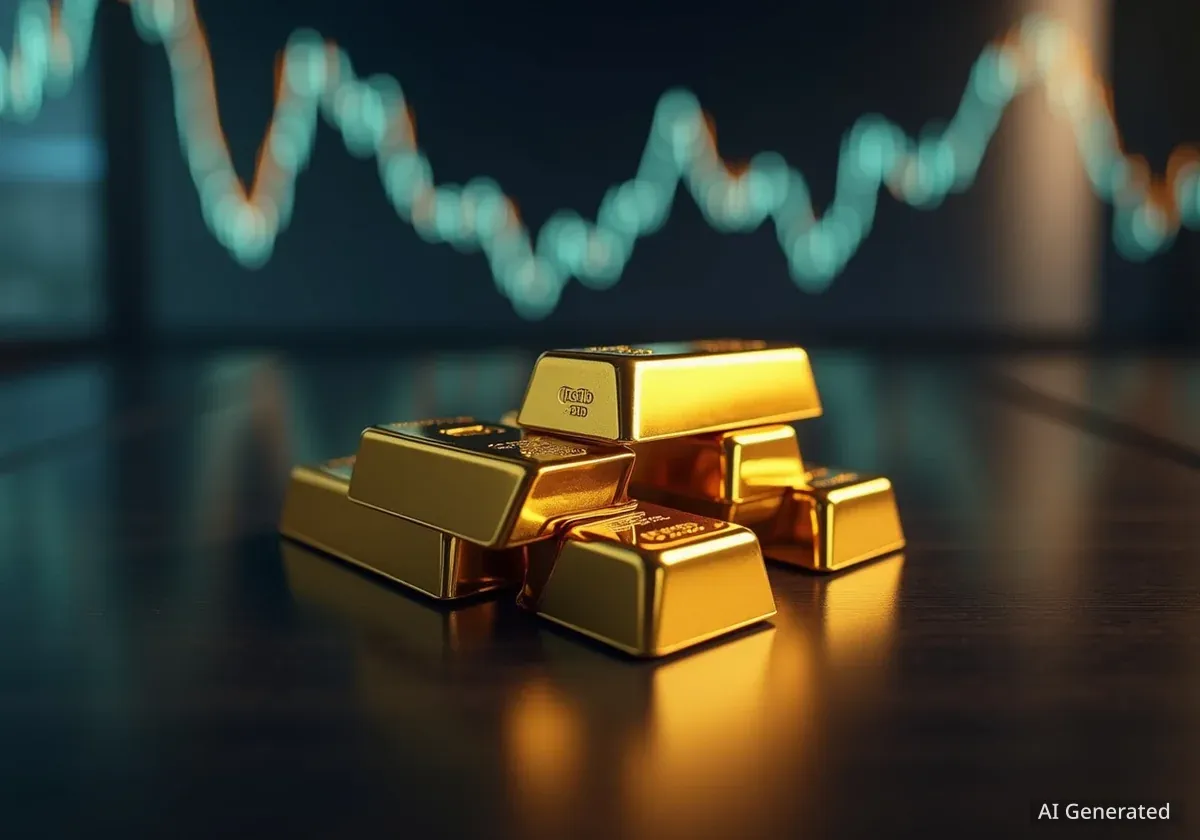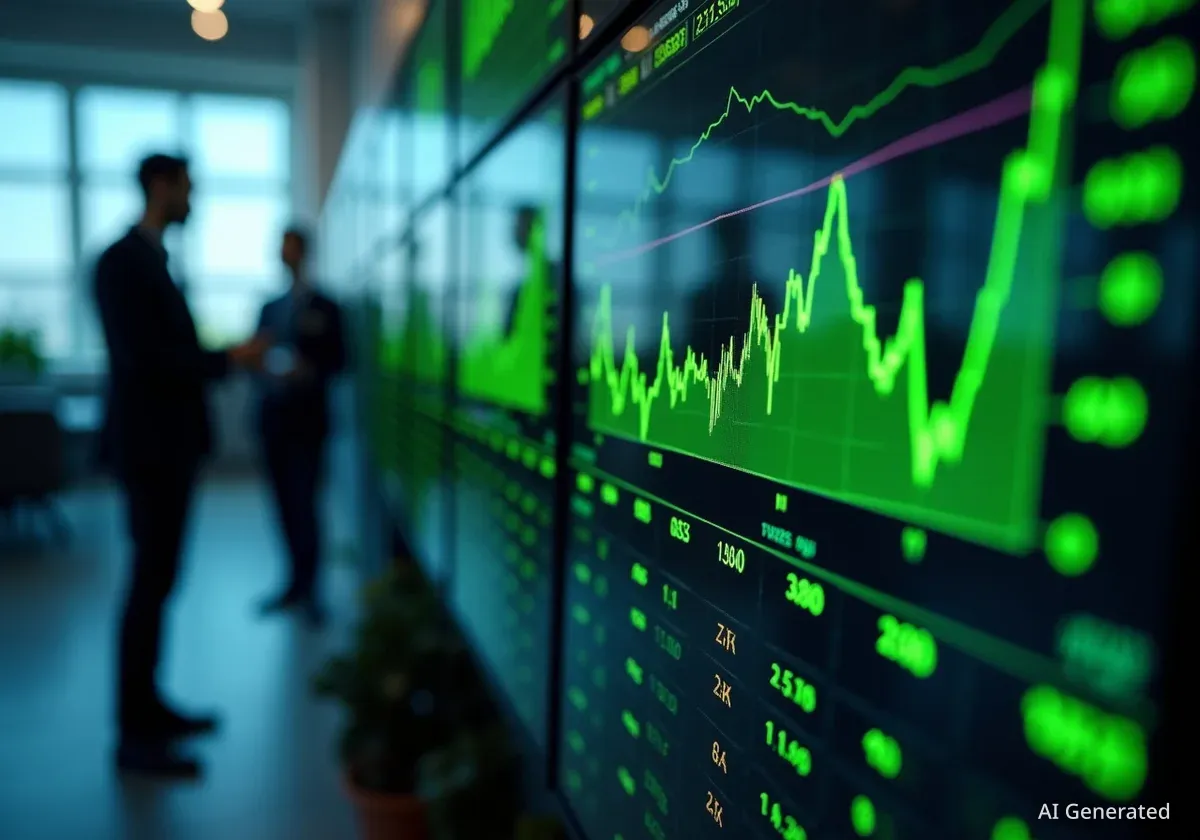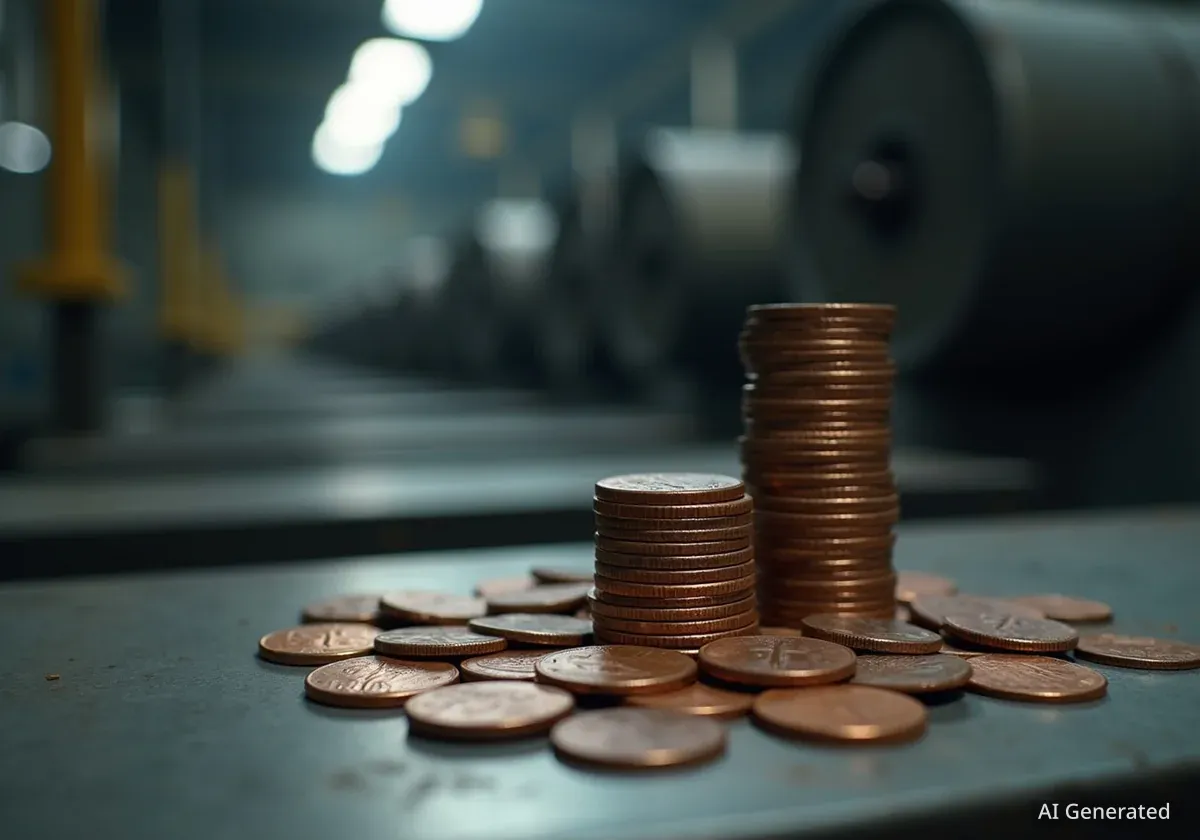Central banks across the globe are accumulating gold at a pace not seen in decades, signaling a significant shift in global financial strategy. This trend, coupled with persistent advocacy from influential investors like Ray Dalio, is placing the precious metal back in the spotlight as a critical asset for portfolio diversification and a hedge against economic uncertainty.
As concerns over inflation, currency devaluation, and geopolitical instability continue to mount, both institutional and individual investors are re-evaluating the role of gold. Data from the World Gold Council highlights a clear pattern of increased official sector buying, underscoring a collective move towards tangible assets perceived as safe havens.
Key Takeaways
- Global central banks have been net purchasers of gold for over a decade, with buying accelerating in recent years.
- Billionaire investor Ray Dalio consistently recommends gold as a strategic allocation to protect against the debasement of fiat currencies.
- Analysts point to ongoing geopolitical tensions and persistent inflation as primary drivers for the renewed interest in gold.
- Financial institutions like Société Générale are closely monitoring commodity markets, noting gold's resilience in volatile economic climates.
Central Banks Lead a Global Shift to Gold
The demand for gold from the world's central banks has become a defining feature of the modern financial landscape. According to the World Gold Council, official sector purchases have remained robust, with hundreds of tonnes added to official reserves annually. This sustained buying spree reflects a strategic pivot away from traditional reserve currencies like the U.S. dollar.
Emerging market central banks, in particular, have been at the forefront of this movement. Countries are seeking to diversify their holdings, reduce their dependence on any single currency, and bolster their financial sovereignty. Gold, which carries no counterparty risk, serves as an ideal asset for these objectives.
Record-Breaking Accumulation
In recent years, central banks have purchased gold at historic levels. For example, 2022 saw the highest level of annual demand from this sector on record, a trend that has continued with significant net purchases in subsequent periods. This highlights a long-term strategic shift rather than a short-term reaction.
Why Are Governments Buying Gold?
Several factors are driving this institutional demand. The primary motivation is risk management. In an era of unpredictable economic policies and heightened geopolitical friction, gold is viewed as a reliable store of value. It acts as a hedge against inflation and performs well during times of crisis when other assets may falter.
Furthermore, the weaponization of financial sanctions has prompted many nations to reconsider the safety of holding vast reserves in foreign currencies. Owning physical gold within their own vaults provides a level of security that other assets cannot match. This desire for de-dollarization and financial independence is a powerful undercurrent in the global economy.
Ray Dalio's Case for Gold in Every Portfolio
Ray Dalio, the founder of the world's largest hedge fund, Bridgewater Associates, has long been a vocal proponent of holding gold. He argues that the current economic environment, characterized by massive government debt and unprecedented money printing, makes holding cash and bonds increasingly risky. In his view, these assets are likely to lose purchasing power over time.
"I think you have to have a small portion of your portfolio in gold," Dalio has stated in public interviews, emphasizing its role as a diversifier. He often refers to the debasement of fiat currencies as a historical certainty, making gold a necessary component for wealth preservation.
Dalio's thesis is not based on short-term price speculation. Instead, he sees gold as a strategic, long-term holding that provides balance to a portfolio. When stocks and bonds are under pressure, gold often behaves differently, helping to cushion overall losses. This non-correlated performance is its most valuable attribute for a diversified investor.
The Concept of a 'Paradigm Shift'
Dalio's investment philosophy is built around identifying major "paradigm shifts" in the economy. He believes we are currently transitioning out of an era of low inflation and easy credit into a new period of higher inflation and geopolitical conflict. In such an environment, he argues, assets that performed well in the past (like bonds) may underperform, while real assets like gold and commodities become more attractive.
Market Analysis and Future Outlook
Major financial institutions are also taking note of gold's renewed importance. Analysts at firms like Société Générale provide research indicating that while gold prices can be volatile, the underlying support from central bank buying and safe-haven demand provides a solid floor for the market.
Their analysis often points to several key indicators to watch:
- Real Interest Rates: Gold typically performs well when real interest rates (interest rates minus inflation) are low or negative. In such environments, holding cash or bonds offers a poor return, making a non-yielding asset like gold more appealing.
- U.S. Dollar Strength: As a dollar-denominated asset, gold often has an inverse relationship with the U.S. dollar. A weaker dollar tends to push gold prices higher, and vice versa.
- Investor Sentiment: Demand for gold ETFs (Exchange-Traded Funds) and physical bullion from individual investors is a key gauge of market sentiment. Increased inflows often precede price rallies.
What Does This Mean for the Average Investor?
The actions of central banks and the advice of seasoned investors like Dalio offer important lessons for individual investors. While it's crucial to align investment decisions with personal financial goals and risk tolerance, the case for a modest allocation to gold is compelling.
Most financial advisors suggest that an allocation of 5% to 10% of a portfolio to gold can provide significant diversification benefits. This can be achieved through various means, including physical gold coins and bars, gold ETFs, or stocks of gold mining companies. Each method comes with its own set of risks and benefits that investors should carefully consider.
Ultimately, the growing consensus is that in an increasingly uncertain world, owning a timeless store of value is not just a defensive move but a prudent and strategic one. The sustained interest from the world's largest financial institutions suggests that gold's role as a cornerstone of the financial system is as relevant today as it has ever been.





